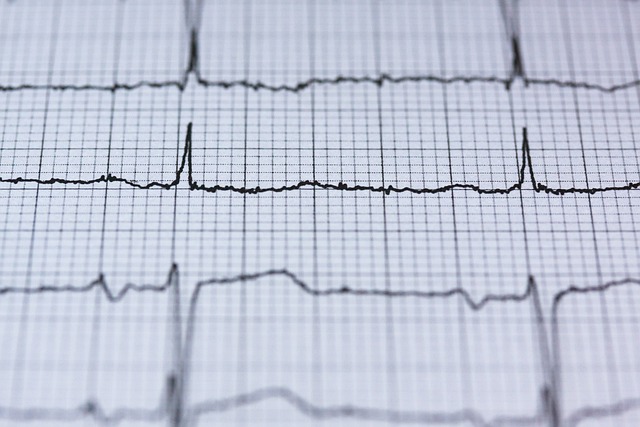High-density lipoproteins ( HDL) contribute to the reverse transport of cholesterol, which is one of the main explanations for the described inverse association between HDL cholesterol (HDL-C) and the risk of atherosclerotic cardiovascular disease (ASCVD).
However, efforts to therapeutically increase HDL-C levels with niacin, fibrates, or cholesteryl ester transfer protein inhibitors have not demonstrated a reduction in ASCVD events compared with placebo among people treated with statins. . Furthermore, Mendelian randomization studies suggest that HDL-C is unlikely to be a direct biological variable affecting ASCVD risk.
| More recently, observations from well-conducted epidemiological studies have indicated a nonlinear , U-shaped relationship between HDL-C and subclinical atherosclerosis, and that very high HDL-C (≥80 mg/dL in men, ≥100 mg /dL in women) is paradoxically associated with increased all-cause and ASCVD-related mortality . |
These observations suggest that HDL-C is not a universal protective factor for atherosclerosis.
Therefore, there are several opportunities to reformulate the contribution of HDL-C to ASCVD risk and related clinical calculators. Herein, we examine our growing understanding of HDL-C and its role in ASCVD risk assessment, treatment, and prevention. We discuss the biological functions of HDL-C and its normative values in relation to demographics and lifestyle markers.
The original studies that observed a protective association between HDL-C and ASCVD risk and more recent evidence indicating an elevated risk of ASCVD at very high HDL-C levels should be reviewed. Through this process, we advance the discussion on the future role of HDL-C in ASCVD risk assessment and identify knowledge gaps related to the precise role of HDL-C in atherosclerosis and clinical ASCVD.
















